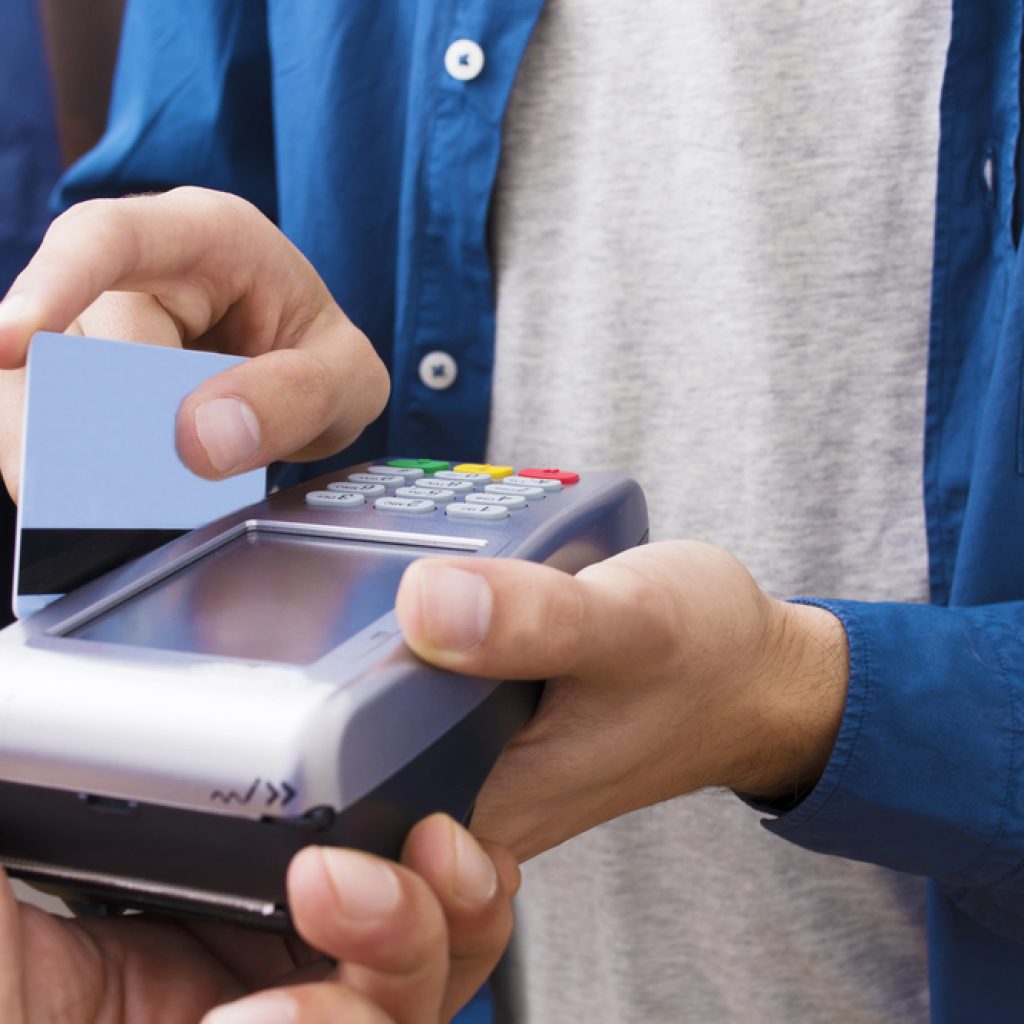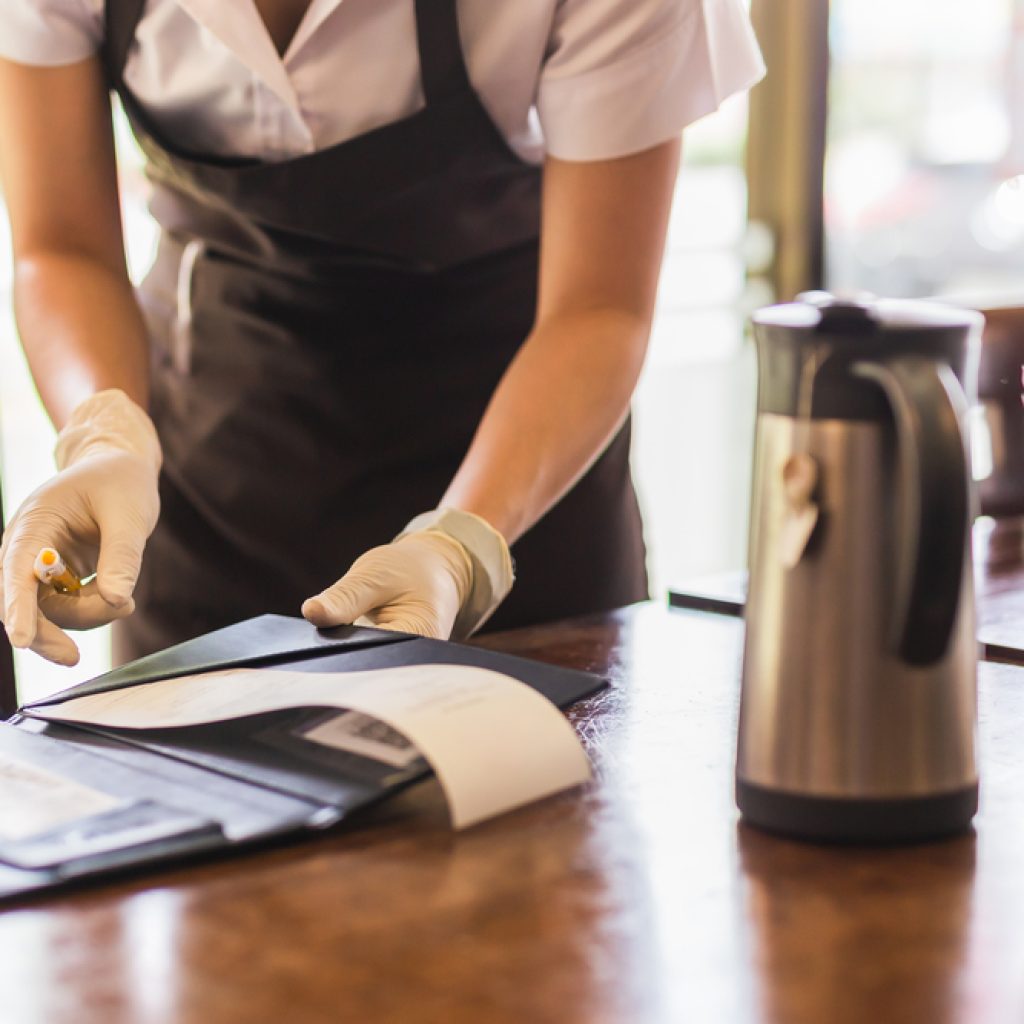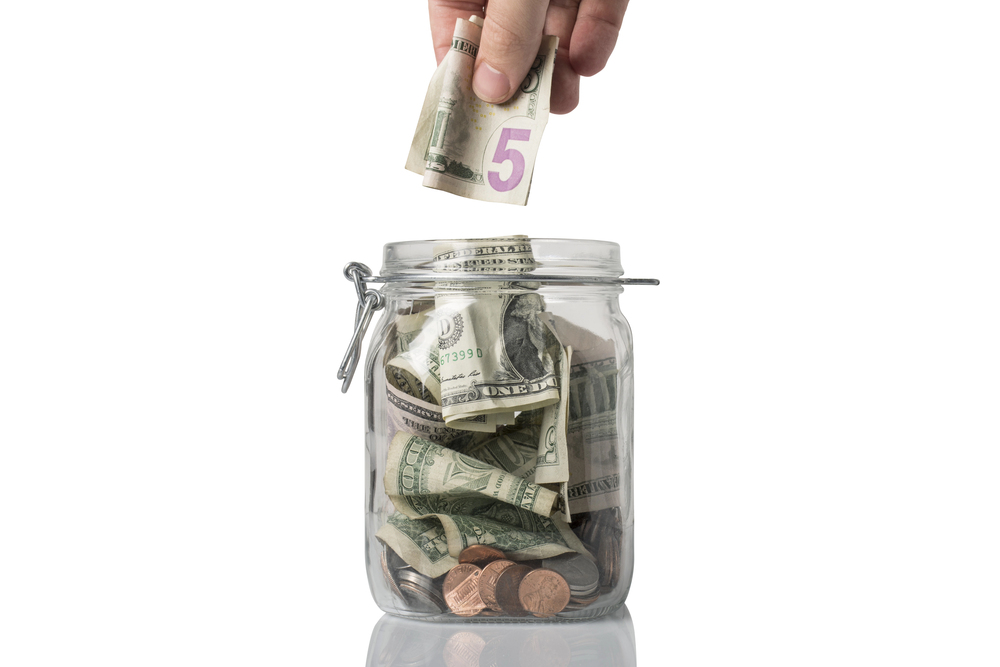Understanding Rise of Tipflation
Tipping culture in the U.S. has been evolving rapidly, with “tipflation” becoming a significant concern for consumers and service workers alike. This phenomenon is driven by rising gratuity customs, modern technology, and societal pressure. The expectation to tip more frequently and at higher percentages is spreading across various industries, creating a tipping surge that is hard to ignore.
What is Tipflation?
Tipflation refers to the rapid increase in tipping practices across industries, particularly in restaurants and service-based businesses. Data from the fourth quarter of 2022 reveals that tipping at full-service restaurants grew by 17% compared to the previous year, while tipping at quick-service restaurants surged by 16%.
This trend is no longer limited to traditional tipping scenarios. From coffee shops to self-checkout kiosks, tipping has expanded into areas where gratuities were once uncommon. This transformation has left many Americans wondering: when will tipping expectations plateau?
The Role of Technology in Tipping Culture in U.S.

One major driver of tipflation is the rise of digital payment systems, such as Square, Toast, and Clover. These modern checkout platforms have revolutionized how businesses handle transactions, making tipping more visible—and unavoidable—for customers.
How POS Systems Influence Tipping Culture
- Prominent Tipping Prompts:
Upon swiping their credit card, customers are often greeted with large, bold tipping options—such as 15%, 20%, or 25%—before completing their purchase. This design encourages higher tips, with the “No Tip” button often minimized or harder to find. - Pre-Service Tipping:
In some cases, customers are prompted to tip before the service is even rendered, creating an awkward dynamic. For example, tipping your barista before they make your coffee or your cashier before they pack your order adds an element of uncertainty and social pressure.
These digital payment technologies have effectively shifted tipping from an optional gesture to an expected part of everyday transactions.
Tipping Beyond Traditional Boundaries

Historically, tipping was associated with restaurants, bars, and taxis. Today, gratuity expectations extend far beyond these settings, with customers asked to tip in retail stores, food delivery apps, and even self-service kiosks.
Case Study: Starbucks and Quick-Service Restaurants
When Starbucks began prompting customers for tips at in-store checkout counters in late 2022, it marked a turning point. Starbucks, known for its assembly-line efficiency, had previously sidestepped tipping prompts, but with POS technology, tipping became unavoidable. Suddenly, customers were expected to tip for grabbing a latte—often for services they once viewed as part of the purchase price.
Gratuity for Minimal Interactions
Customers frequently encounter tipping requests for tasks like handing over a prepackaged item or completing a simple service. These scenarios leave many feeling pressured to tip for actions they wouldn’t traditionally consider tip-worthy.
The Social Pressure of Tipping in America
Social pressure plays a massive role in shaping tipping customs in the U.S. From POS prompts to peer influence, the expectation to leave a gratuity can be overwhelming.
- Face-to-Face Guilt
Tipping prompts displayed in full view of the service provider make customers feel obligated to leave a gratuity, even if the interaction doesn’t warrant one. - Fear of Being Perceived as Stingy
Many customers fear that refusing to tip—or tipping too little—will reflect poorly on them, especially in front of others. - Tip Fatigue
With tipping now expected in so many scenarios, consumers are experiencing what experts call “tip fatigue.” The constant stream of tipping requests creates resentment and frustration, diminishing the positive feelings typically associated with rewarding good service.
Economic Implications of Tipping Inflation
Tipping has always been a way to support service workers, but rising gratuity expectations come at a cost:
- Inflationary Pressure:
As the cost of goods and services rises, so does the base amount upon which tips are calculated. For example, a 20% tip on a $100 meal in 2020 now costs significantly more due to higher menu prices. - Hidden Costs for Consumers:
Many Americans feel that tipping has shifted from a discretionary reward to a hidden surcharge. This leaves customers paying more without receiving additional value.
Global Comparisons: Why the U.S. is Unique
In countries like Japan and Australia, tipping is either rare or non-existent. Workers in these nations are typically paid livable wages, eliminating the need for gratuities. In contrast, the U.S. relies heavily on tipping to supplement low base wages, perpetuating the cycle of tipping inflation.
What Can Be Done to Address Tipflation?
Addressing tipping inflation requires action from businesses, consumers, and policymakers. Here are some potential solutions:
- Livable Wages for Service Workers
Advocating for higher base wages could reduce workers’ reliance on tips, alleviating pressure on consumers to over-tip. - Transparency in Tipping Policies
Businesses should clearly communicate where tips go and whether they supplement wages or fund specific initiatives. This would help customers make informed decisions. - Tipping as a Choice, Not an Obligation
Customers should feel empowered to tip based on service quality rather than external pressure. Refusing to tip for automated interactions could help shift cultural expectations. - Cultural Reevaluation
A broader cultural shift—similar to tipping practices in other countries—could redefine how Americans view gratuities. This would require collaboration between businesses, consumers, and policymakers.
Final Thoughts
The rise of tipping inflation has reshaped how Americans interact with the service industry. While tipping is an important way to support workers, the growing frequency and scope of tipping prompts have left many feeling overwhelmed.
As businesses and consumers navigate this evolving landscape, finding a balance between fair compensation and reasonable expectations will be key. For travelers in the U.S., understanding tipping culture can help ensure thoughtful and appropriate gratuity decisions.
Planning your next adventure? Book with TravelSecrets for seamless travel experiences and insider tips that make every journey unforgettable.



Comment (0)